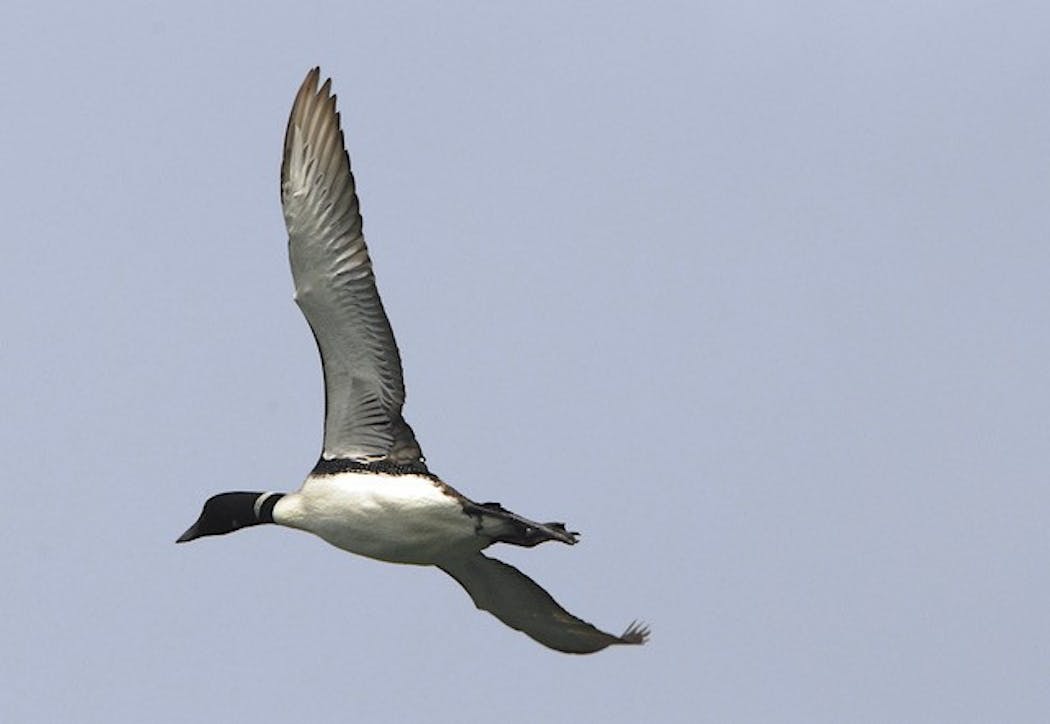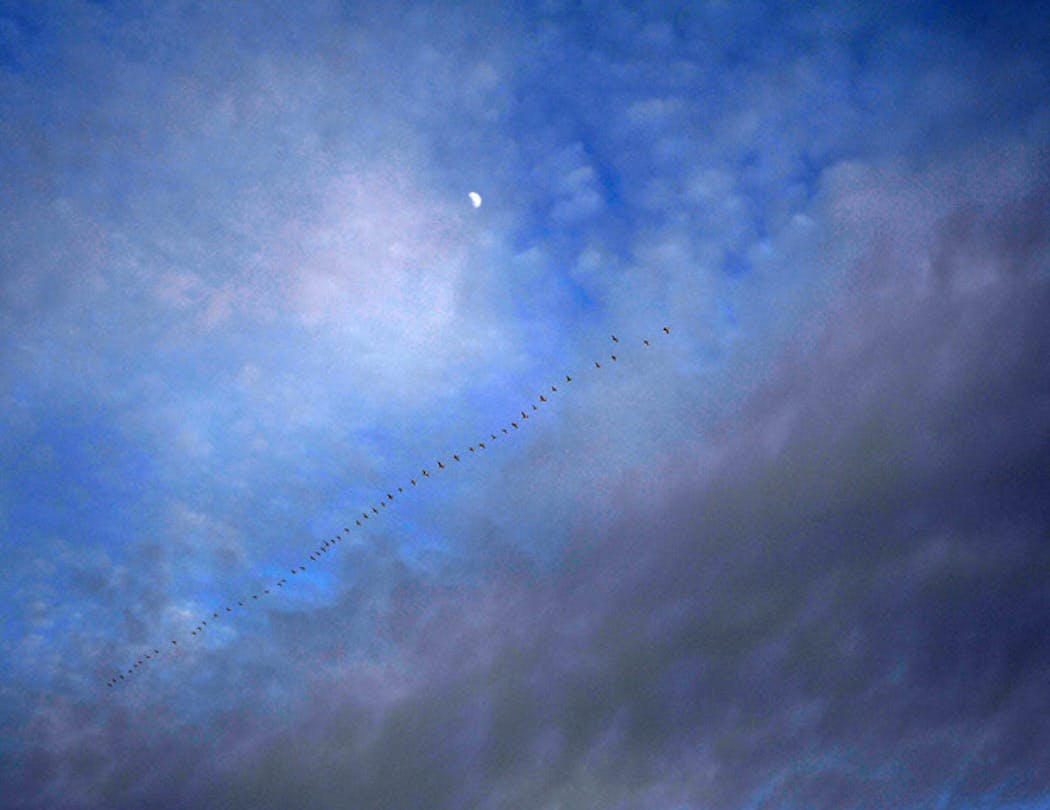Back in the day, when I hunted ruffed grouse with my father, we often shot at the same bird more than once. That's because we were mediocre marksmen at best, often missing the bird with the first shots.
If we watched closely, however, we could see the grouse land ahead of us. Thus, the second chance.
We hunted grouse because they are tasty birds, breasts tightly packed with delicious white meat. That explains why we got those second chances.
The white meat is not well supplied with blood, thus lacking oxygen.
Grouse are built for quick escape with short, powerful wings. The breast muscles provide the grouse with their characteristic burst into the air.
But those muscles do not receive enough oxygen for prolonged flight. The birds tire quickly.
Ducks are the opposite, with long narrow wings built for distance. Grouse don't migrate; ducks do.
You might have noticed that drake ducks disappear as spring ends. They retire to safe quiet lakes to molt their wing feathers. The hens toward the end of summer do the same, leaving the maturing ducklings to themselves.
Molt gives the ducks a strong new set of feathers for migration.
Common loons migrate, too, most of ours spending the winter on the Gulf of Mexico. Loons, however, do not make their trip south with new wings.
Watch a loon take flight. It runs across the water to gain the speed that provides lift for its long narrow wings.
Molting flight feathers before migration could make takeoff impossible for loons if the arrival of ice covered enough water. Loons need to be off their summer lakes before ice arrives or they could be trapped.
Loons molt on the gulf, after migration. The need to fly when there, to escape predation, is small. Wings in molt, sans full flight feathers, also improves mobility under water, a boost to their pursuit of food.
Come spring the birds will have new flight feathers for the trip to a breeding lake, plus strong feathers for any courtship flying.
Canada geese, like ducks, replace all of their flight feathers at once, in late June or early July. They have new feathers in time for migration.
Geese often migrate in those long characteristic V's, one bird trailing another at a slight offset. The geese are saving energy in this formation. Each bird is benefiting from the vortex — whirl of air — produced by the wingtips of the bird ahead of it.
Researchers say this appears to be optimal for energy saving. The heart rate of geese is from 11 to 14% slower when in formation flight, research has shown.
Researchers are hedging here when they say "appears," since there is no way to be absolutely certain of this. Be confident, though, that geese over hundreds of thousands of migration flights have figured out the best way to do it.
(Much of the information for this article came from the website of the State University of New York at Cortland.)
Lifelong birder Jim Williams can be reached at woodduck38@gmail.com.
Movie Review: A lyrical portrait of childhood in Cabrini-Green with 'We Grown Now'
Judge declines to dismiss lawsuits filed against rapper Travis Scott over deadly Astroworld concert

Summer Movie Guide: Virtually all the movies coming to theaters and streaming from May to Labor Day



